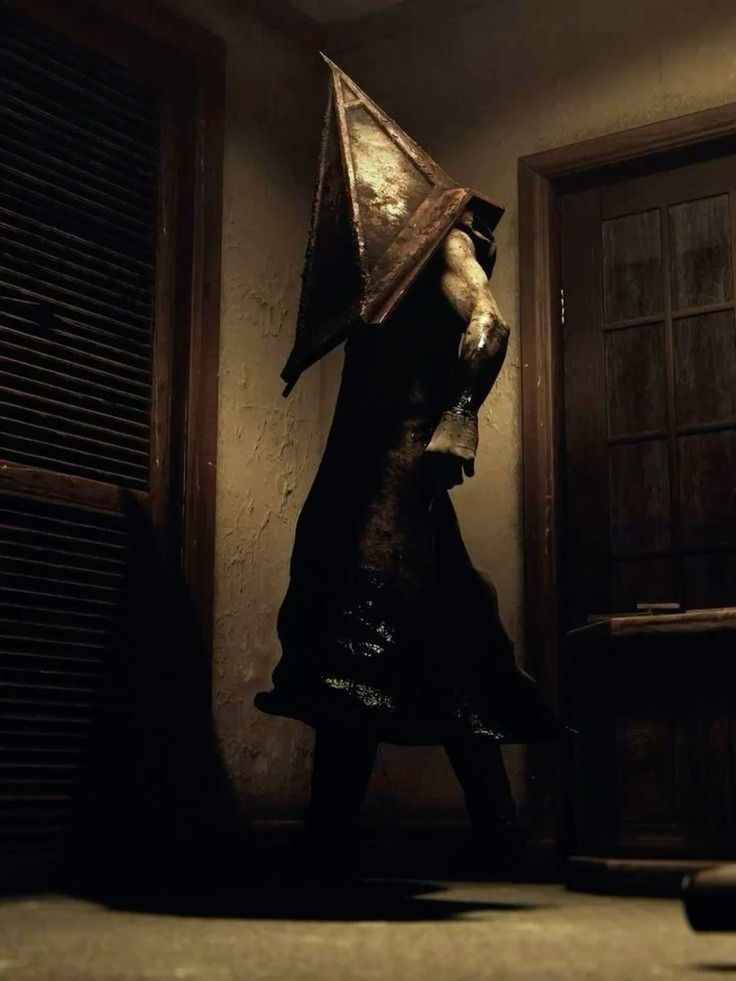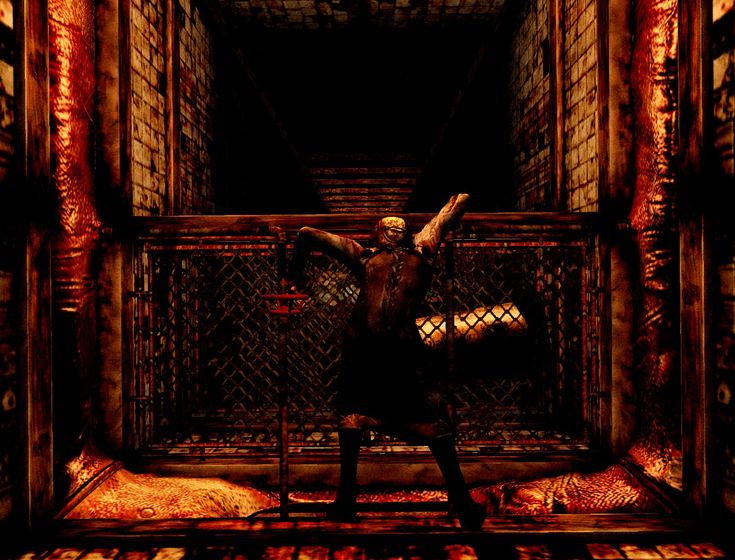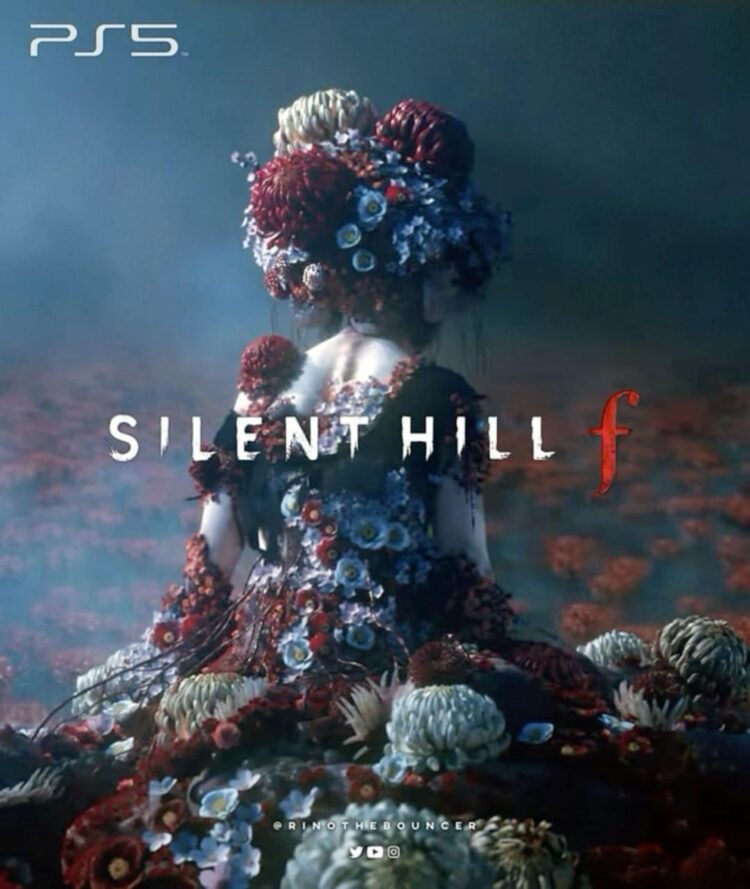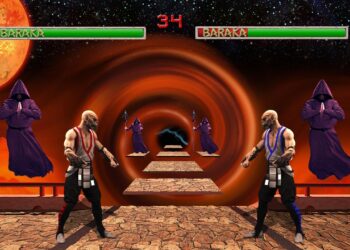In the dense fog of the modern gaming landscape, few names evoke as much reverence and dread as Silent Hill. For years, the franchise lay dormant, a ghost haunting the memories of horror aficionados. That silence was shattered when Konami resurrected its legendary series with a slate of new projects, but none captured the imagination—and morbid curiosity—quite like the enigmatic reveal of Silent Hill f. With its jarringly beautiful yet grotesque teaser, the game signaled a bold, terrifying new direction. Yet, since its stunning announcement, a profound quiet has once again descended, leaving fans and analysts to obsess over one burning question: when is the Silent Hill f release date?
This is not a simple question with a straightforward answer. The release date is a closely guarded secret, tangled in a web of development timelines, strategic marketing, and the opaque nature of its new creative team. To truly understand when we might finally walk the flower-strewn, fungus-infested paths of 1960s Japan, we must become detectives. We need to dissect every shred of available evidence, from the developer’s history to the publisher’s strategy and the very themes embedded in its cryptic trailer.
This comprehensive analysis will delve into every known detail surrounding Silent Hill f. We will explore its developer, Neobards Entertainment, analyze the profound implications of its setting and story penned by the acclaimed Ryukishi07, break down the teaser’s hidden meanings, and present a logical, evidence-based speculation on its potential release window. This is more than a news update; it’s a deep dive into the mystery of what could be the most important horror game of this generation.
The Custodians of the Fog: Who is Neobards Entertainment?
A significant piece of the release date puzzle lies with the developer, Neobards Entertainment. A relatively new studio compared to industry veterans, their involvement was a major surprise. Understanding their history, workflow, and previous projects is crucial to projecting a timeline for a title as ambitious as Silent Hill f.
Founded in 2017 with offices in Hong Kong and Taipei, Neobards is primarily known for its role as a co-developer and support studio on major AAA titles. Their portfolio includes work on Capcom’s successful Resident Evil multiplayer spin-offs like Resident Evil: Project Resistance and Resident Evil Re:Verse, as well as collaborations on titles like Devil May Cry HD Collection and Onimusha: Warlords.
This history is a double-edged sword when it comes to speculation. On one hand, their experience working with a powerhouse engine like Capcom’s RE Engine is a massive advantage. It suggests they are technically proficient and capable of delivering the high-fidelity visuals showcased in the Silent Hill f teaser. They understand the workflows of a major Japanese publisher, which is invaluable.
On the other hand, Silent Hill f represents their first solo, lead-developed project of this magnitude and profile. Graduating from a support studio to the lead on a flagship revival of a legendary IP is a monumental leap. This transition inherently involves growing pains, the scaling of teams, and the establishment of new internal processes, all of which can extend a development timeline significantly compared to a more established studio. They are, in essence, building their reputation on the success of this game, which means they and Konami will likely afford it the time it needs to be perfected, rather than rushing it to market.
The Setting: A New Kind of Nightmare in 1960s Japan

The choice to set Silent Hill f in 1960s Japan is perhaps the most revolutionary and exciting aspect of the project. It’s a deliberate and profound departure from the misty, Americana-infused decay of the titular town. This setting is not merely an aesthetic choice; it’s a narrative and thematic goldmine that will fundamentally shape the game and its development.
The 1960s in Japan was a period of intense social and cultural upheaval. It was a nation grappling with its post-war identity, caught between ancient traditions and rapid, Western-influenced modernization. This inherent conflict is the perfect breeding ground for the psychological horror that defines Silent Hill. The game can explore themes of:
- Cultural Trauma: The lingering scars of war, the loss of identity, and the tension between a collectivist past and an individualistic future.
- Social Change: The clash between rural traditions and encroaching urban development, a theme visually represented by the beautiful yet invasive red fungus in the trailer.
- Folklore and Mythology: Japanese folklore is rich with terrifying entities (yōkai), vengeful ghosts (yūrei), and unsettling legends. This provides a fresh, terrifying bestiary to draw from, moving beyond the tortured physical manifestations of guilt seen in previous titles to something more primal and culturally rooted.
Developing this world requires immense research and artistic effort. Building a historically and culturally authentic 1960s Japanese town, from its architecture and technology to the social mannerisms of its inhabitants, is a colossal task. This meticulous world-building, crucial for the game’s immersive power, is a time-consuming process that strongly suggests a lengthy development cycle.
The Mind Behind the Madness: The Ryukishi07 Factor
Perhaps the most exciting name attached to Silent Hill f is the writer, Ryukishi07. He is the acclaimed creator of the Higurashi When They Cry and Umineko When They Cry visual novel series—masterpieces of psychological horror, mystery, and non-linear storytelling. His involvement is a guarantee of a complex, mind-bending narrative, but it also has implications for the development timeline.
Ryukishi07 is known for his incredibly dense and intricate plots, often featuring:
A. Layered Mysteries: His stories are intricate puzzles where reality itself is questioned. Unraveling the central mystery often involves re-contextualizing everything the player thought they knew. B. Unreliable Narrators: Characters in his works are often flawed, biased, or outright deceitful, forcing the player to act as a detective to piece together the objective truth from subjective accounts. C. Thematic Depth: He masterfully explores heavy themes of fate, paranoia, domestic abuse, and the darkness lurking beneath the surface of idyllic communities.
Translating a Ryukishi07-style narrative into an interactive, 3D survival horror game is a monumental design challenge. The gameplay mechanics must serve the story. This could mean incorporating complex investigation segments, dialogue systems with meaningful consequences, or environmental storytelling that unfolds in a non-linear fashion. Perfecting this synergy between a deeply authored narrative and player agency takes significant time, iteration, and testing. It’s not something that can be rushed.
Deconstructing the Teaser: Clues in the Horror

The announcement trailer for Silent Hill f, though brief, is dense with symbolic imagery that hints at the game’s core themes and potential development focus. We see a young woman running through a rural Japanese town being slowly consumed by a vibrant red, flower-like fungus or growth. This entity seems to attach to people, creating grotesque “flower-children” before ultimately consuming the protagonist herself, whose face peels away like a doll’s to reveal a hollow, seed-filled core.
This visceral imagery suggests a central theme of body horror and a loss of self, but also of inescapable beauty in decay. The fungus could be a metaphor for a deeply rooted curse, a spreading ideology, or a collective trauma consuming the town. The visual of the girl’s face peeling off suggests her identity was a fragile shell all along.
From a development perspective, the high fidelity of these visuals confirms the use of a modern, powerful engine like Unreal Engine 5 or a proprietary equivalent. Achieving this level of graphical quality, especially in the intricate details of the fungus and character models, is a resource-intensive endeavor. The trailer serves as a “vertical slice,” a benchmark of quality that the entire game must now live up to, further cementing the likelihood of a long and careful development process.
The Verdict: Projecting the Release Window
With all the evidence laid out, we can now construct a logical, speculative timeline. We must dismiss any hopes of an imminent release. A 2025 release seems highly improbable given the lack of any subsequent marketing or gameplay reveals since the announcement.
Let’s consider the key factors:
- Neobards’ First Lead Project: This adds a buffer of at least 12-18 months to a standard AAA development cycle for team scaling and process refinement.
- Meticulous World-Building: Crafting an authentic 1960s Japanese setting is a multi-year task for the art and research teams alone.
- Complex Narrative Integration: Weaving a Ryukishi07 story into an interactive experience requires extensive prototyping and iteration.
- Konami’s Strategy: Konami is relaunching the Silent Hill brand. After the success of the Silent Hill 2 remake, they will want to position Silent Hill f as a major, high-quality release. They will not risk cannibalizing sales or media attention by releasing them too close together.
Considering these points, a realistic development cycle for Silent Hill f likely falls in the 5-6 year range from its announcement in late 2022. This places the most optimistic, yet still plausible, release window in late 2027.
However, a more conservative and arguably more realistic projection would be sometime in 2028. This timeline allows Neobards ample time to fully realize their ambitious vision without compromise, and it gives Konami a strategic gap after their other Silent Hill projects to build a dedicated marketing campaign.
Conclusion: The Patient Wait for a Beautiful Terror
Silent Hill f represents more than just a new game; it’s a potential paradigm shift for a beloved franchise. It promises a journey into a fresh heart of darkness, trading rusty industrial decay for a terrifying, vibrant beauty. The creative forces behind it—the proven technical skill of Neobards Entertainment, the narrative genius of Ryukishi07, and the bold new setting—all point to a project of immense ambition and terrifying potential.
While the wait for a release date may be agonizing, all signs indicate that it is a necessary one. This is not a project being rushed to capitalize on nostalgia. It is an intricate, culturally rich, and narratively complex horror experience being crafted with evident care. Fans should prepare for a long and quiet wait, but take solace in the knowledge that when the fog finally rolls in from the East, the beautiful nightmare that is Silent Hill f will have been worth every patient moment.












